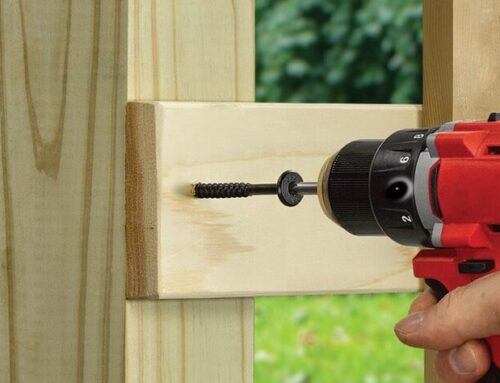September 18th, 2013
When There’s No Public Comment
NADRA Technical Advisor – Glenn Mathewson
If a proposal in the IRC code development process doesn’t receive a public comment, the vote from the first hearing is generally the final result. With the recent publishing of the public comments, we can now see what the 2015 IRC is starting to look like. It’s been a lot of work keeping up with the high-profile deck code proposals on the table this summer, like the monstrous 268 with a depth of un-agreed-upon prescriptive code provisions that would rock the industry or the one that already has…the lateral load anchor. Those most certainly received public comment, but there were other less glamorous proposals regarding our industry that did not.
NADRA had a simple proposal, RB 58, suggesting to change all wording of “guardrail” to “guard”, to seek consistency with the IRC defined term “guard”. The definition for guard allows any assembly that meets the performance and geometric requirements. This proposal was approved by the committee and received no public comment to challenge it. With this code modification, no safety to deck guards was compromised and the cost to construction did not increase. However, a more clear description of the architectural playing field was provided. A win for all, and “rails” for those that want them.
NADRA was asked to support proposal RB 145 from the Colorado Chapter of the International Code Council, seeking to remove the requirement for measuring guard height from fixed seating. We gave great testimony in support during the hearings, as did the Minnesota Building Officials Chapter. All proponents agreed that deck safety and backyard freedom must be balanced on the scale, and this regulation was too far a reach for a building code. The committee agreed, and no one challenged it. Should the bulk vote go as it always does at the final hearing, built-in bench seats will no longer affect guard height. Developing IRC provisions (minimum standards of construction) is different than developing best practices or appropriately accommodating your clients. Take care to evaluate the needs of your client and help them find the level of safety that’s right for them. If their kids are jumping on the couch while your designing their deck…maybe don’t suggest those benches.
Even if NADRA’s proposal for deck and joist span tables, RB 264, is not approved at the final hearing, the flexibility it provided for blocking at dropped beams will still be accommodated by the NAHB’s proposal RB 247. With no public comment, the first approval will likely stand, and blocks between joists cantilevered no more than two feet will no longer be required. This may be very helpful for deck drainage systems and for minimizing locations for trapped water and decay. Keep in mind that without blocking, the material connected to the top and bottom of the joist is what resists the rotational force the joist is subjected to. Be sure you’ve got good connections to the beam below, and be careful about using a concealed fastening system for the decking that only relies on friction. The blocking served a purpose; the argument for the code modification is that in short cantilevers these connections can do the job.
The proposal RB 253, which would have prohibited supporting joists from the bottom half of another member, was turned down, and did not receive comment. While perhaps a rare design necessity, this proposal would have restricted opportunity for some deck design, but without clear evidence of the benefit. However, coming from the American Wood Council, there’s certainly an engineering basis for their proposal. Though a short-spanning 2×6 likely won’t rip the bottom half of a 2×12 beam apart, I’m sure a creative designer could come up with a loading condition that could be questionable.
RB 260 proposed that the “permitted” hold down anchors for lateral loads must be installed at the outer 24 inches of the ledger. This proposal was approved and received no direct public comment. However, in light of the recent research from Washington State University, NADRA submitted a public comment modification to remove this anchor detail altogether. If you haven’t seen the video, take a look. It will be worth your 13.5 minutes. Click HERE to view. If not successful, at least the new location for the permitted anchors, at the ends of the ledger, would be at the highest point of load concentration per the WSU testing. One small bit of real science to a detail not otherwise scientifically justified.
There is a lot to be learned in the code modification process. While we may not all agree on every proposal, they usually all have a justification reasonable to someone or some group. Don’t take that lightly. Take what can be learned from ideas and experiences of professionals looking to increase the minimum standard…and use it to increase the knowledge behind your best standard.
Never forget the difference between minimum standard and best standard, and the freedom and the market that thrive on the distinction.



